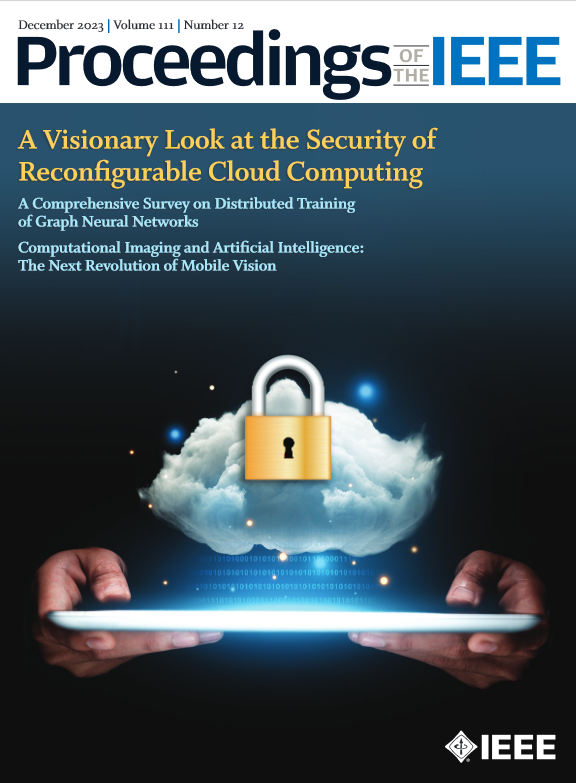用心理物理学指导机器感知
IF 23.2
1区 计算机科学
Q1 ENGINEERING, ELECTRICAL & ELECTRONIC
引用次数: 0
摘要
古斯塔夫-费希纳(Gustav Fechner)于 1860 年提出了心理物理学,即测量与刺激相关的感觉,这被广泛认为是现代心理科学的开端。在心理物理学中,研究人员参数化地改变刺激物的某些方面,并测量受试者对该刺激物的体验所产生的变化;这样做可以深入了解感觉与诱发感觉的物理输入之间的决定性关系。这种方法被大量用于感知领域,包括信号检测、阈值测量和理想观察者分析。视觉科学等科学领域一直以来都非常倚重心理物理学的方法和程序,但随着生物感知与人工感知之间的重叠日益扩大,机器学习研究人员现在也越来越重视心理物理学的方法和程序[1], [2], [3], [4], [5]。以行为测量为指导的机器感知,有别于局限于人类任意指定标签的指导,在推动人工智能(AI)的进一步发展方面有着巨大的潜力。本文章由计算机程序翻译,如有差异,请以英文原文为准。
Informing Machine Perception With Psychophysics
Gustav Fechner’s 1860 delineation of psychophysics, the measurement of sensation in relation to its stimulus, is widely considered to be the advent of modern psychological science. In psychophysics, a researcher parametrically varies some aspects of a stimulus and measures the resulting changes in a human subject’s experience of that stimulus; doing so gives insight into the determining relationship between a sensation and the physical input that evoked it. This approach is used heavily in perceptual domains, including signal detection, threshold measurement, and ideal observer analysis. Scientific fields, such as vision science, have always leaned heavily on the methods and procedures of psychophysics, but there is now growing appreciation of them by machine learning researchers, sparked by widening overlap between biological and artificial perception
[1]
,
[2]
,
[3]
,
[4]
,
[5]
. Machine perception that is guided by behavioral measurements, as opposed to guidance restricted to arbitrarily assigned human labels, has significant potential to fuel further progress in artificial intelligence (AI).
求助全文
通过发布文献求助,成功后即可免费获取论文全文。
去求助
来源期刊

Proceedings of the IEEE
工程技术-工程:电子与电气
CiteScore
46.40
自引率
1.00%
发文量
160
审稿时长
3-8 weeks
期刊介绍:
Proceedings of the IEEE is the leading journal to provide in-depth review, survey, and tutorial coverage of the technical developments in electronics, electrical and computer engineering, and computer science. Consistently ranked as one of the top journals by Impact Factor, Article Influence Score and more, the journal serves as a trusted resource for engineers around the world.
 求助内容:
求助内容: 应助结果提醒方式:
应助结果提醒方式:


